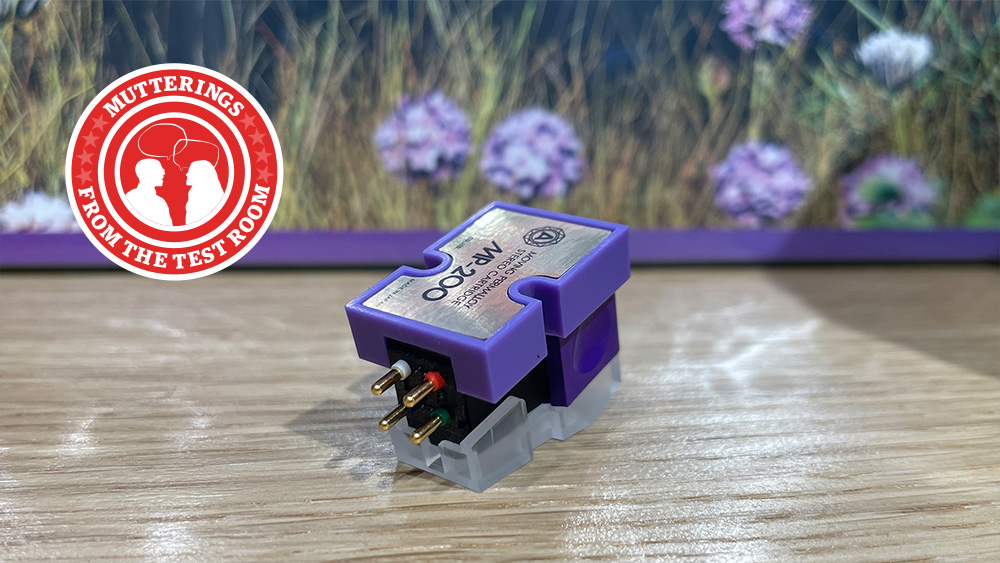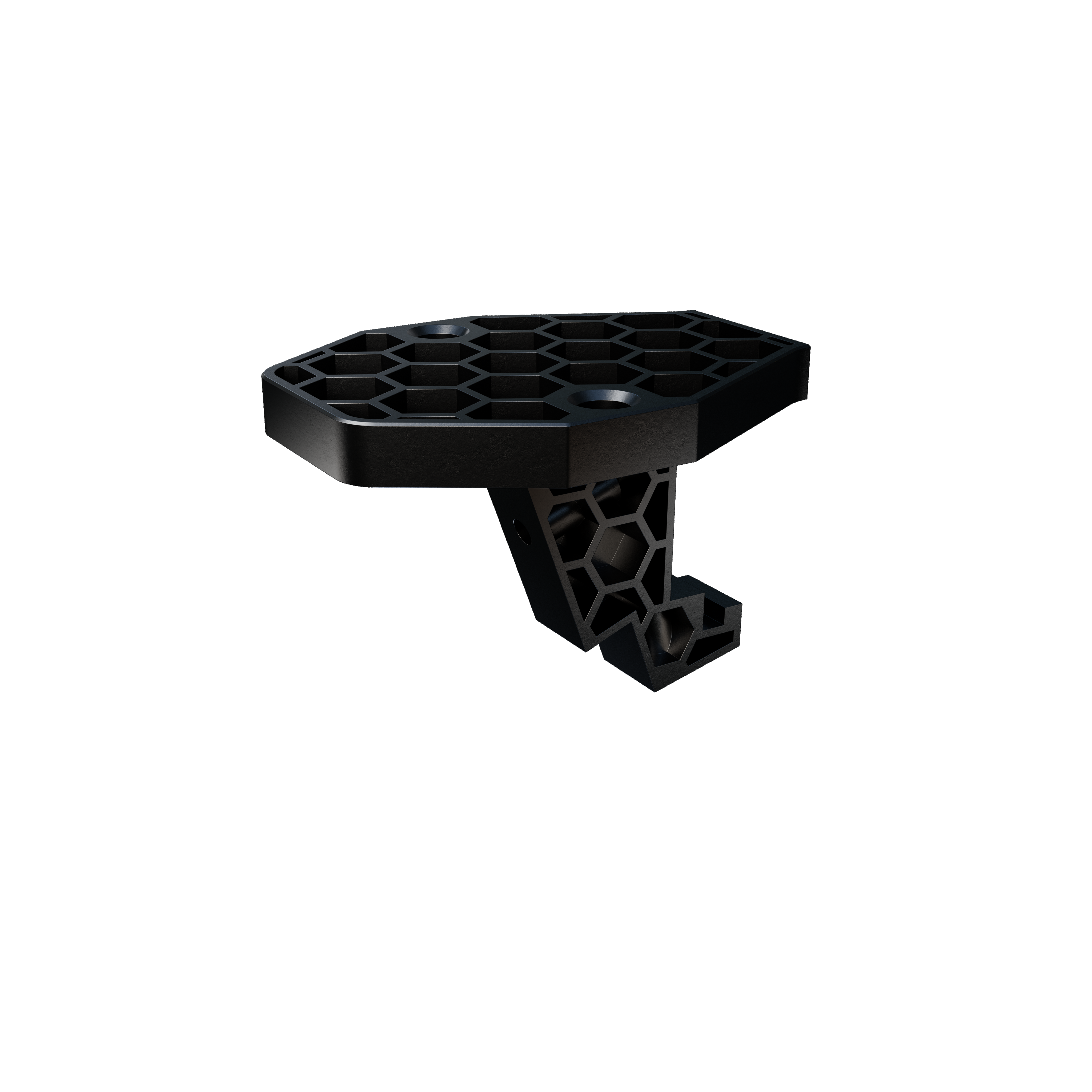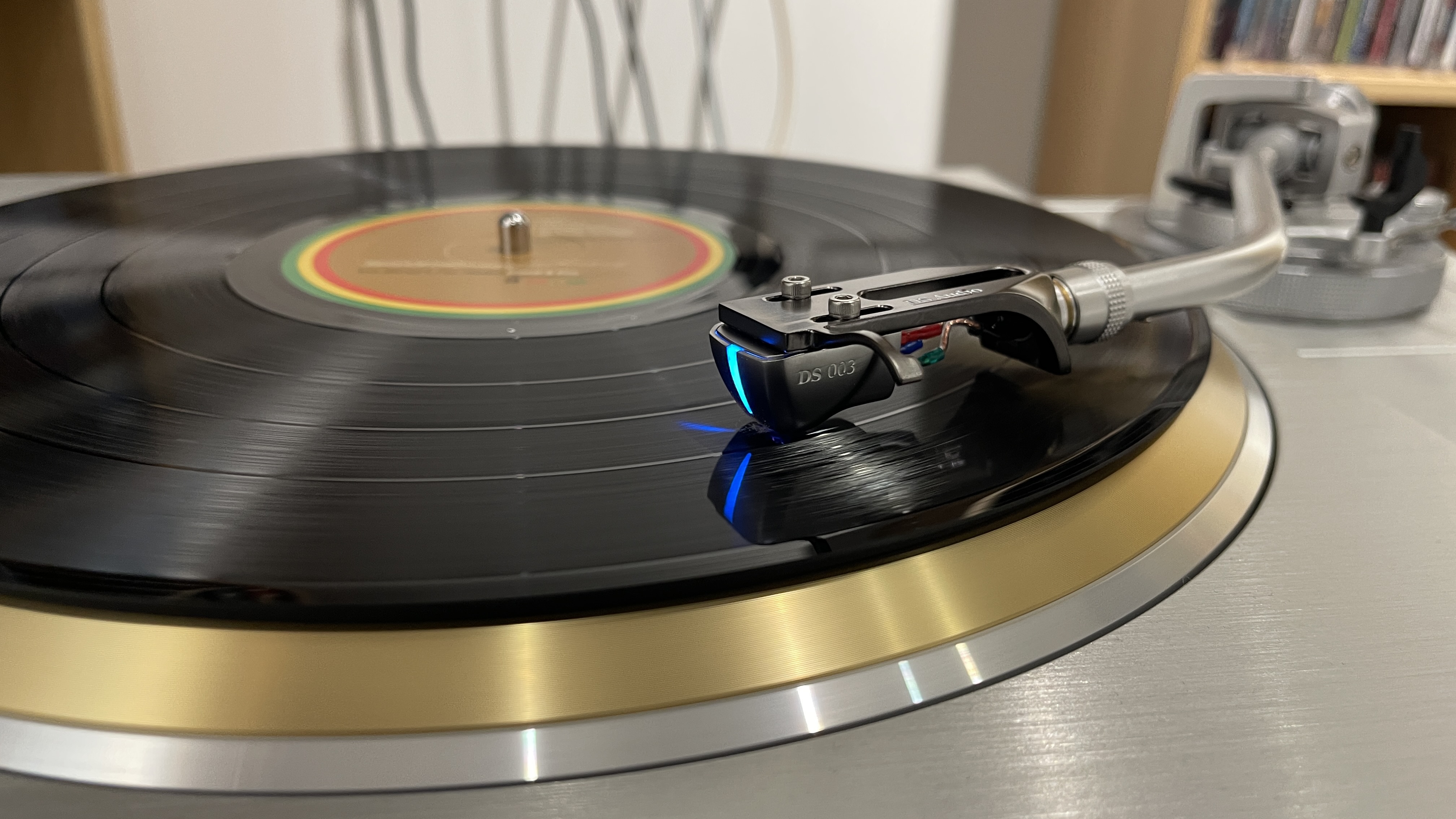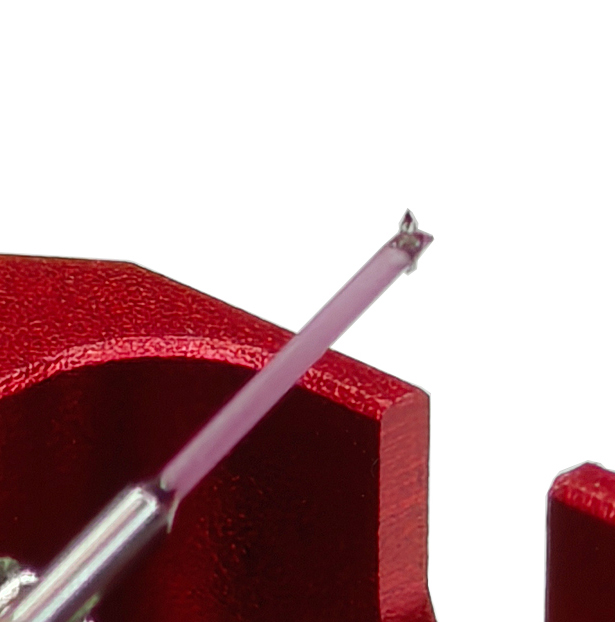Is innovation in cartridge design dead? I don’t think so
Positive proof that cartridges continue to improve despite appearances to the contrary

The phono cartridge, whether a moving magnet or moving coil, has been around for the best part of 80 years.
That's given the technology plenty of time to be fully developed and honed, particularly as the basic operating principle – electric current being induced in a wire by moving relative to a magnetic field – is so well understood.
A cartridge of today looks pretty much the same as one made last century, so it would be easy to assume that we’ve reached the endpoint of cartridge development. But I don’t think that is true.
In my experience, the hi-fi industry is full of clever engineers who always look for ways to squeeze even more performance from their products. Here are three examples I’ve come across recently...
Ortofon's injection-moulded steel core

Completely new cartridge ranges are an infrequent occurrence in hi-fi. So when an industry major such as Ortofon replaces its respected Quintet collection of relatively affordable moving-coil cartridges with the new MC X series, I’m interested.
Having seen the cartridges being made myself, it's clear that Ortofon hasn’t sat on its laurels here. The core of the new MC X design is a honeycomb-structured stainless steel frame made using clever MIM (Metal Injection Moulding) technology.
This rigid structure provides an ideal support for the moving coil generator assembly, offering the potential for more precise construction and, consequently, improved sound quality. The exterior body is little more than a dust cover at this point.
The latest hi-fi, home cinema and tech news, reviews, buying advice and deals, direct to your inbox.
While I've seen similar ideas used in multi-thousand-pound high-end cartridges, this is the first time I’ve come across it implemented in something remotely affordable.
The other impressive aspect of the MC X series is its use of Ortofon’s in-house rubber-making expertise. Unusually, the company develops its own rubber compounds for use in the cartridge’s suspension, giving it plenty of scope for improving performance.
DS Audio's optical cartridges

I find the concept of optical cartridges genuinely exciting. It isn’t just a variant of the moving-magnet/coil principle, but a fresh way to do the job.
Note that DS Audio isn’t the first company to have made an optical cartridge. There were examples from the likes of Toshiba, Kenwood, Trio and Sharp decades ago, although these failed to catch on for reasons both technical (excess heat from the internal bulbs) and commercial (by the late 1970s, the big manufacturers had started to divert resources towards new technology such as CD).
However, the advent of LEDs is fundamental for DS Audio’s cartridges to work. We tested the company’s entry-level DS 003 a little while back, and inside it are two small infrared LED lamps, one for each channel, and a matching pair of light detection photocells.
While the DS 003 has a pretty conventional aluminium cantilever (and line contact stylus tip), rather than the cantilever being attached to a magnet (or coil) as it would in a conventional cartridge, here it has a ‘shading plate’ instead.
This plate is positioned between the LEDs and the photocells. As the stylus traces the bumps in the record groove, the plate moves in sympathy, and the photocells detect any change in brightness from the light received from the partnering LED. That change represents the music signal.
The advantages of such a design are obvious. Firstly, the mass of the Beryllium shading plate is much lower than a typical coil or magnet, so the stylus tip can track the bumps in the record groove with more agility and accuracy.
Secondly, no unwanted internal magnetic effects are generated, as they would be in conventional setups. The result should be better sound.
There are complications, though. Heat is no longer a hurdle, as LEDs produce so much less of it than the bulbs used in those early designs.
But the cartridge still needs power for those LEDs, and the electrical output from those photocells is, of course, very different from that delivered by a conventional cartridge in terms of the relationship between stylus tip movement and the electrical output generated.
All this means that the DS 003 can’t be plugged into a conventional phono stage. Think of the DS 003 and the partnering equaliser box as a package, where the box works as a phono stage and power source for the cartridge.
Regardless of the complications, the use of optical technology is intriguing. The complexity may mean that it never reaches true mass market levels, but given the sound quality the DS 003 produces, I can’t wait to see where it goes.
Vertere Audio's hybrid ruby/aluminium cantilever design

Vertere may be a small company, but its cartridge range has expanded impressively over the last few years. The brand's latest model is the hugely impressive moving-coil Ruby One.
Priced at £9200/$12995, the Ruby One is hardly for everyone! But it does feature an interesting twist on traditional cartridge design.
The big difference between it and the company’s excellent Xtrax (£5800/$6499) is the use of a telescopic hybrid ruby/aluminium cantilever in place of the more conventional all-aluminium version in the cheaper model.
As Ruby is considerably stiffer than aluminium, less information is lost in ‘bending’ modes.
The combination of the ruby and aluminium telescopic section ensures a more extended and linear frequency response, which in turn makes the new cartridge sound more harmoniously coherent when compared with the Xtrax.
The Ruby One's nude diamond micro-ridge stylus profile and better resonance control of the generator help too, of course.
MORE:
Best cartridges 2025: budget and premium options for your turntable

Ketan Bharadia is the Technical Editor of What Hi-Fi? He has been reviewing hi-fi, TV and home cinema equipment for almost three decades and has covered thousands of products over that time. Ketan works across the What Hi-Fi? brand including the website and magazine. His background is based in electronic and mechanical engineering.
You must confirm your public display name before commenting
Please logout and then login again, you will then be prompted to enter your display name.
